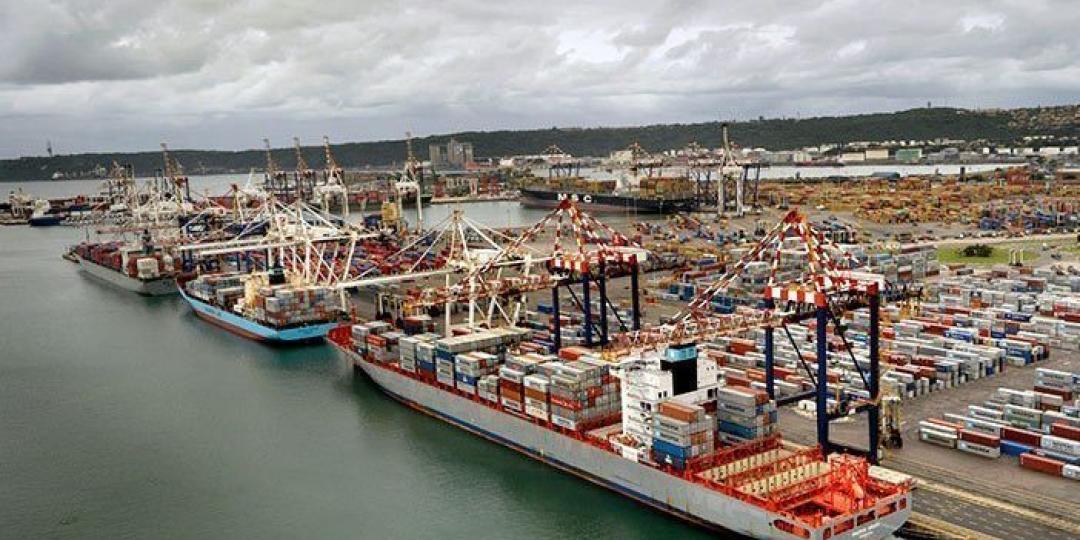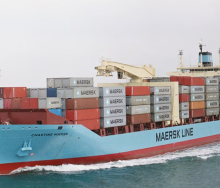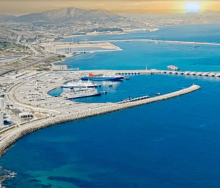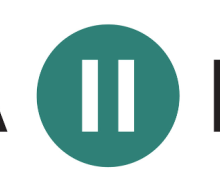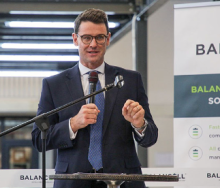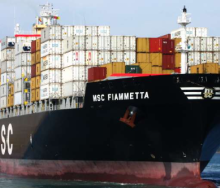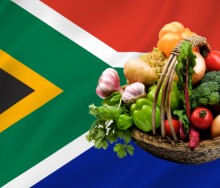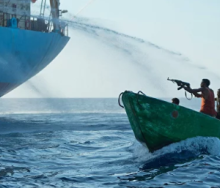Congestion at Durban port costs the local economy almost R1 billion a year, but plans are progressing to confront the challenge.
This was the assurance delegates at the KZN Export Week 2022 seminar, hosted by Trade and Investment KwaZulu-Natal, were given during a panel discussion at the conference in Durban on Wednesday.
Tshegang Chipeya, a senior research adviser at the eThekwini Municipality’s Economic Development Unit, said the city was very concerned about the congestion at the port.
“It affects the city and the city’s infrastructure directly and it’s of great concern to us. One of our studies found that the economy loses close to R1bn (about R980 million) a year because of congestion at the port,” Chipeya said.
She added that the port’s integrated freight and logistics plan, which was implemented two years ago, had led to the development of one truck staging area, and a site had been identified in the South Durban Basin area between Eel Road, South Coast Road and the M7 for the development of a second truck staging area.
“At the moment, it is at the feasibility and conceptual design stage,” she said.
Additional projects had included the rehabilitation of the M7 and its expansion from three lanes to four, while a longer-term plan to expand Bayhead Road and Langeberg Road was also on the cards as part of Transnet’s internal strategy.
Chipeya added that a longer-term plan to build a second access road to the port was still in progress after facing a legal challenge.
Durban Chamber of Commerce and Industry Port Committee chairperson, Willie Coetsee, said the port’s congestion task team had been formed, together with the city and port stakeholders, to confront the challenge. However, he said there was a need to develop independent statistics to inform the plan.
“There are plus minus 3 000 trucks per day calling at the Port of Durban and they all go down a two-lane road. It’s probably the only port of its size in the world that has a two-lane road going in and out,” Coetsee said.
“The city is handing over some roads to Transnet so it can work on them, and we are working with the SA Association of Freight Forwarders around creating visibility and getting independent statistics to provide visibility of ships that are at anchorage, the movement of ships, and the position of trucks and rail on the land side so we can analyse them holistically,” he said.
